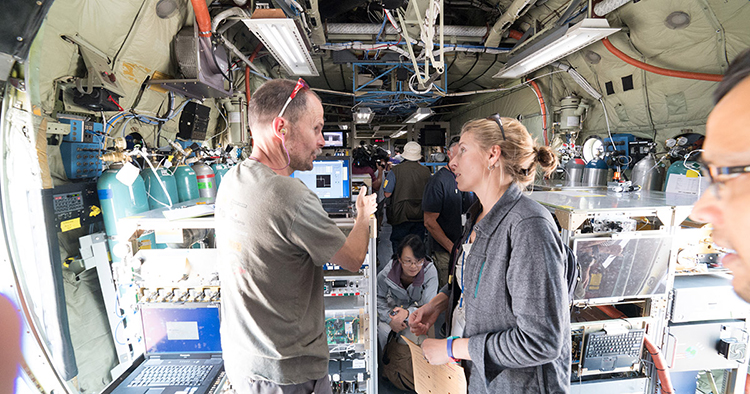Emily Fischer leads WE-CAN campaign to clarify chemistry of wildfire smoke
This summer, a four-engine cargo airplane laden with both scientists and sophisticated equipment will fly straight into hazy smoke from Western wildfires.
The flights will comprise the largest, most comprehensive attempt to date to measure and analyze the wildfire smoke that blankets vast swaths of the United States every year.
Throughout late July and August, a multi-agency, multidisciplinary team led by Colorado State University scientists will travel to Boise, Idaho, to conduct 15 to 20 smoke-observation flights. The project is called the Western Wildfire Experiment for Cloud Chemistry, Aerosol Absorption and Nitrogen, or WE-CAN, and is primarily supported by the National Science Foundation.
“This is a challenging field campaign,” said lead scientist Emily Fischer, CSU assistant professor of atmospheric science. “It’s not like measuring the plume from, say, a power plant. We don’t know exactly where the fires will be, but we know that pretty much every year, there is a wildfire burning within a two-hour flight of Boise during the month of August.”
Read the SOURCE article, “Aircraft campaign to clarify chemistry of wildfire smoke.”
Photo at top: WE-CAN scientists Frank Flocke, Emily Fischer and other collaborators aboard the NSF/NCAR C-130, loaded with instrumentation for studying wildfire smoke.



